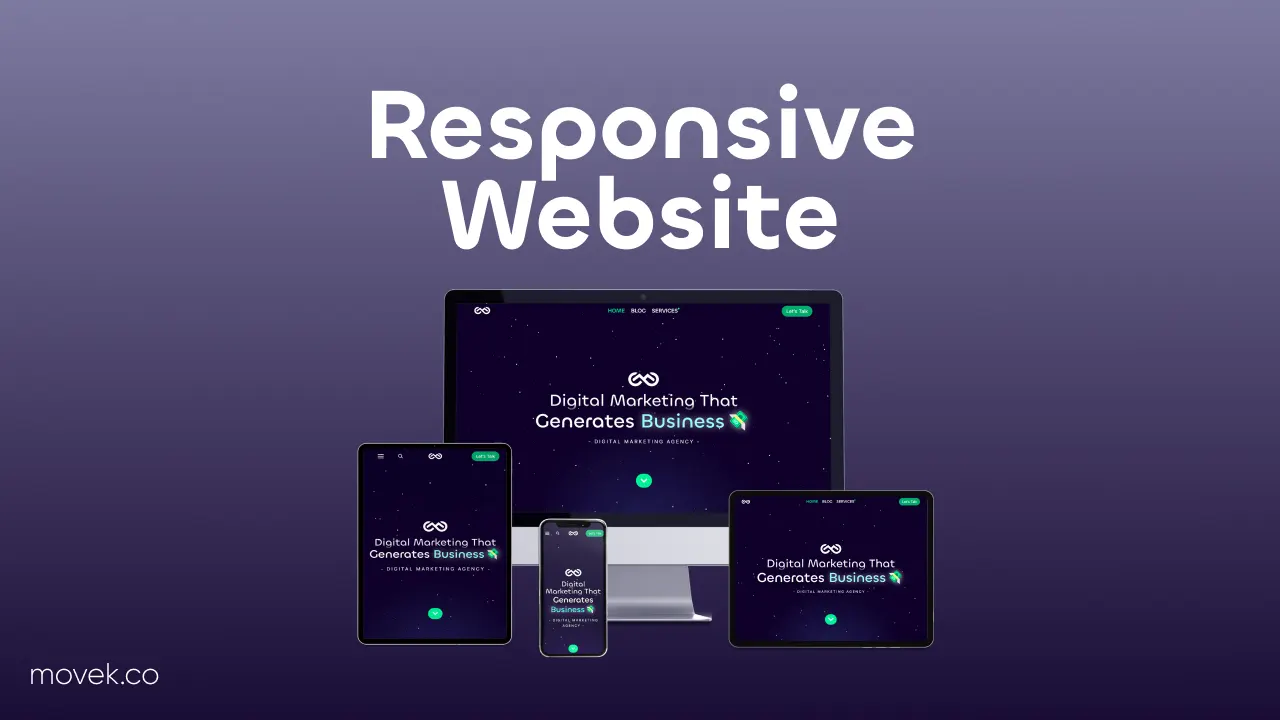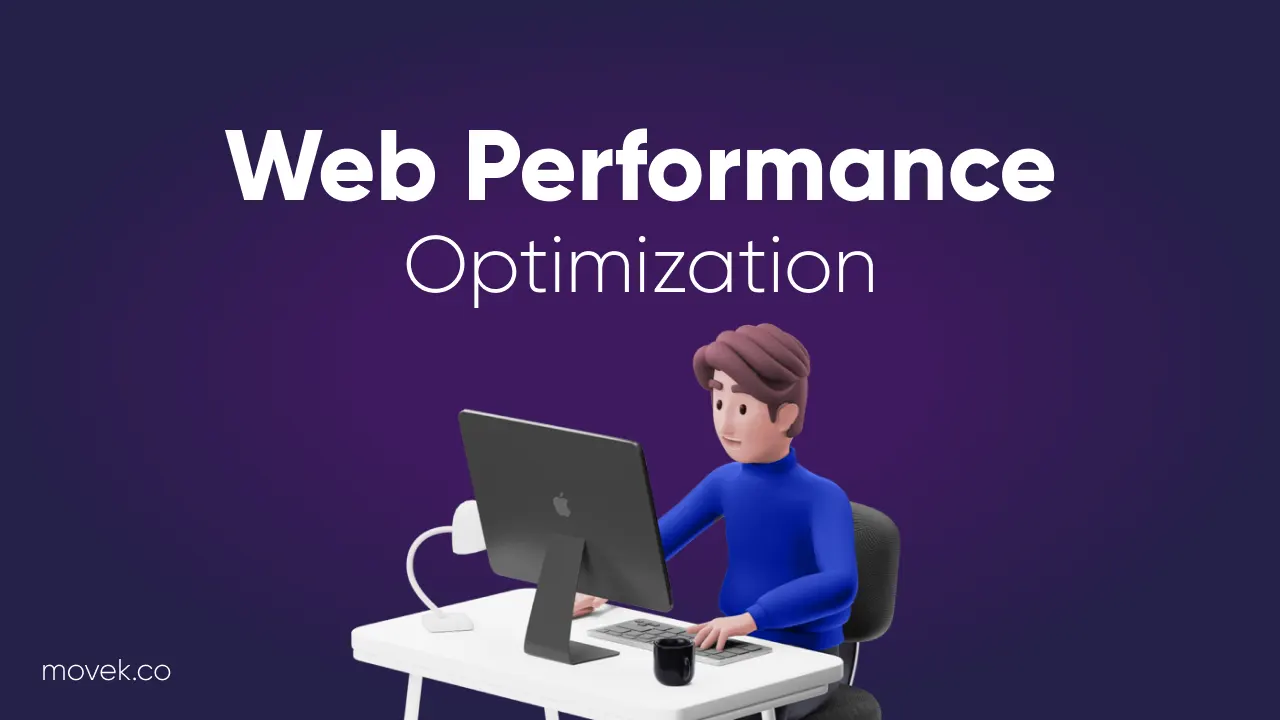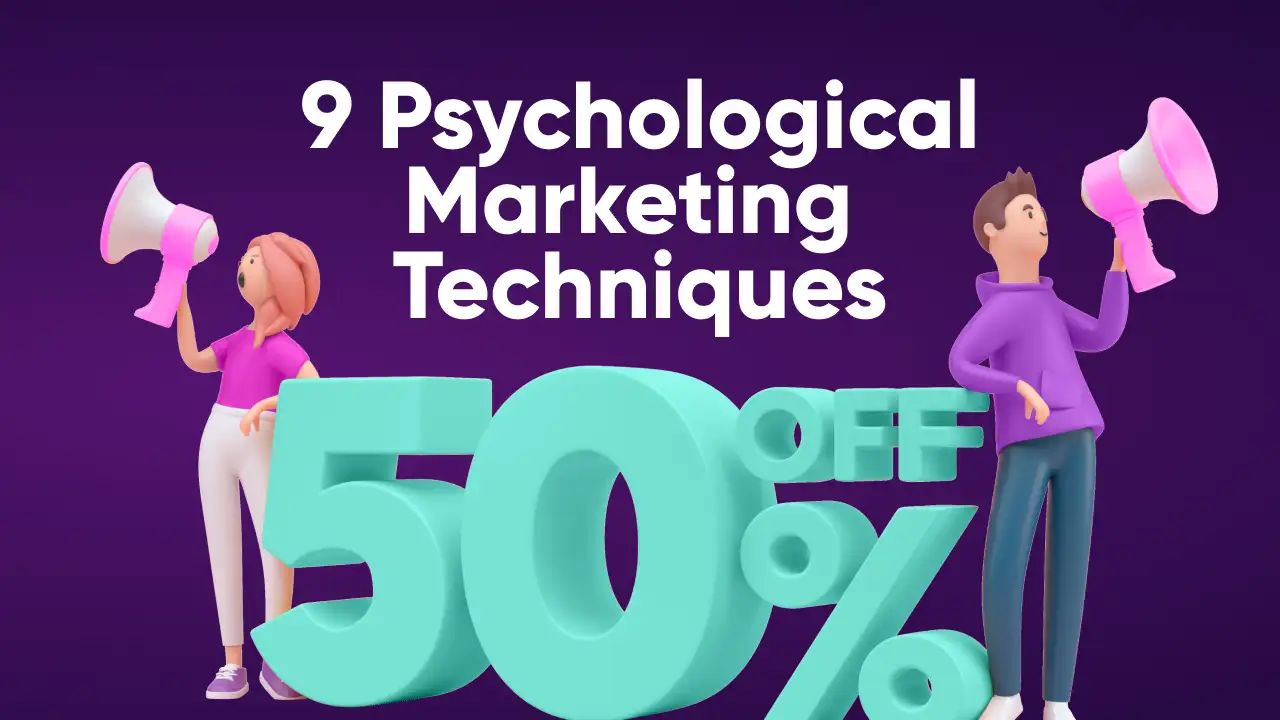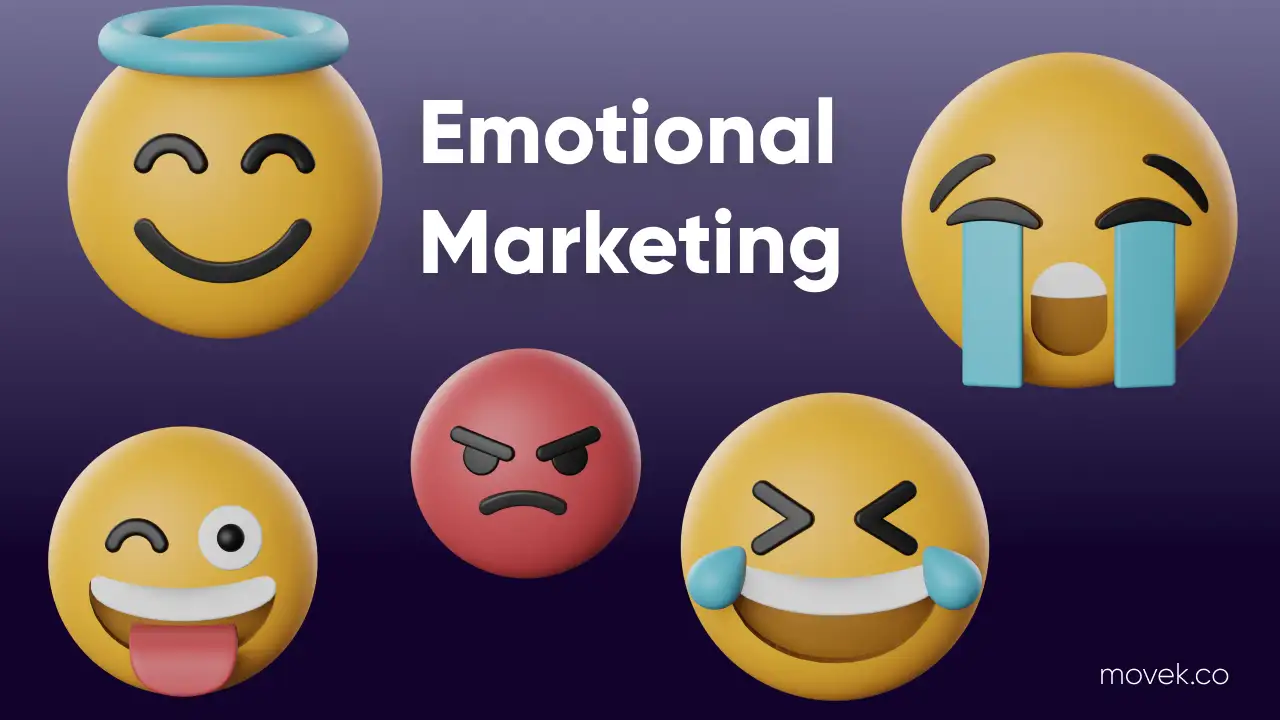
Understanding consumer psychology is the key to being successful and keep your sales at the satisfying level. There are different psychological tricks you can use to boost your sales. One of the is the “Decoy Effect”. This tactic influences choices quietly and make people buy what you want them to buy. Let’s take a journey into the world of influence and examine how powerful brands skillfully use the Decoy Effect with examples from the actual world.
What is the Decoy Effect?
The Decoy Effect is a phenomena in which offering a third pricing choice causes customers to switch their preferences in favor of the alternative the seller is trying to market. The “decoy” is priced to significantly outperform the other choices in terms of appeal.
This strategy often comes into play when you’re choosing popcorn sizes at the cinema or picking a latte size at Starbucks. The slight price difference between Medium and Large sizes subconsciously nudges you toward the larger choice. Dive into this phenomenon that guides your decisions without you even realizing it.
The Decoy Effect is a cognitive bias that is often used in pricing strategies, as well as in politics, banking, insurance and pension plans, public relations, and other fields. It almost always works, but the catch is whether or not you can do it well enough to bring in people and still make money.

How does it work?
A few years ago, an MIT professor Dan Ariely made an experiment. He wanted to test how different subscription plans for “The Economist” affected people’s choices so he asked his students to choose a subscription plan.
There were three membership options available:
- $59 online-only plan
- $125 print-only plan
- $125 online + print (lemons)
The findings demonstrated that more consumers selected the lemons option when it was available than either the print or online subscription on their own.
When only two first options were available, 68% of people picked the cheapest one. When given the three choices, 84% of the students chose the third one.
Why the Decoy Effect works?
The Decoy Effect works because of the way our thoughts weigh choices. Most of the time, we choose based on what’s around us, not just what’s best. When a less desirable option (the decoy) is added, it makes another choice look better. This takes advantage of the fact that we like things to be simple and helps us make the choice we want.
How you can use the Decoy Effect in your business?
Imagine you have a fitness platform called “FitFlex” with different subscription plans.
Scenario: Fitness Subscription Plans
Initial Options:
- Basic Plan – Access to workout videos, $20/month
- Premium Plan – Access to workout videos, personalized meal plans, $35/month
Using the Decoy Effect: “FitFlex” seeks to amplify the offer and add the “Ultimate Plan”. They introduce a new option, which offers personalized meal plans, exclusive monthly challenges, early content access, and a bonus fitness tracker – priced at 45$/month.
Result: Here’s how the refined options appear:
- Basic Plan – Access to workout videos, $20/month
- Premium Plan – Access to workout videos, personalized meal plans, $35/month
- Ultimate Plan – Personalized meal plans, exclusive monthly challenges, early content access, fitness tracker, $35/month
The Premium Plan now acts as the decoy, spotlighting the exceptional value of the most expensive Ultimate Plan. Customers recognize the extended benefits and additional features presented by the Ultimate Plan.
Outcome: Thanks to the Decoy Effect, prospective clients are more inclined to perceive the Ultimate Plan as a top-tier option due to its comprehensive package and extra offerings. This strategy not only reinforces the Ultimate Plan’s value but also encourages customers to consider it for a comprehensive fitness experience.
Use it Smartly
To wrap things up, the Decoy Effect is a fascinating insight into how our minds work when making choices. It can be a game-changer for any businesses, from coffee shops, fitness platforms to selling furniture. But using it effectively involves a thoughtful strategy.
Remember, clarity and value are key. Keep choices transparent, maintain their appeal, and continuously refine your approach. The Decoy Effect isn’t just a trick – it’s a powerful tool that, when wielded wisely, can propel your business to new heights.
Try mixing with another psychological techniques, paid ads and avoid making marketing mistakes and you’ll get to the new level of sales. But don’t forget to offer a good value to your customers if you want them to come back and buy more from you.
Have you ever heard about this strategy? What do you think?
Latest Blogs
What is Responsive Website?
Website Performance Optimization Tips (2023)
9 Psychological Marketing Techniques to Drive Sells
Boost Your Sales with Emotional Marketing



